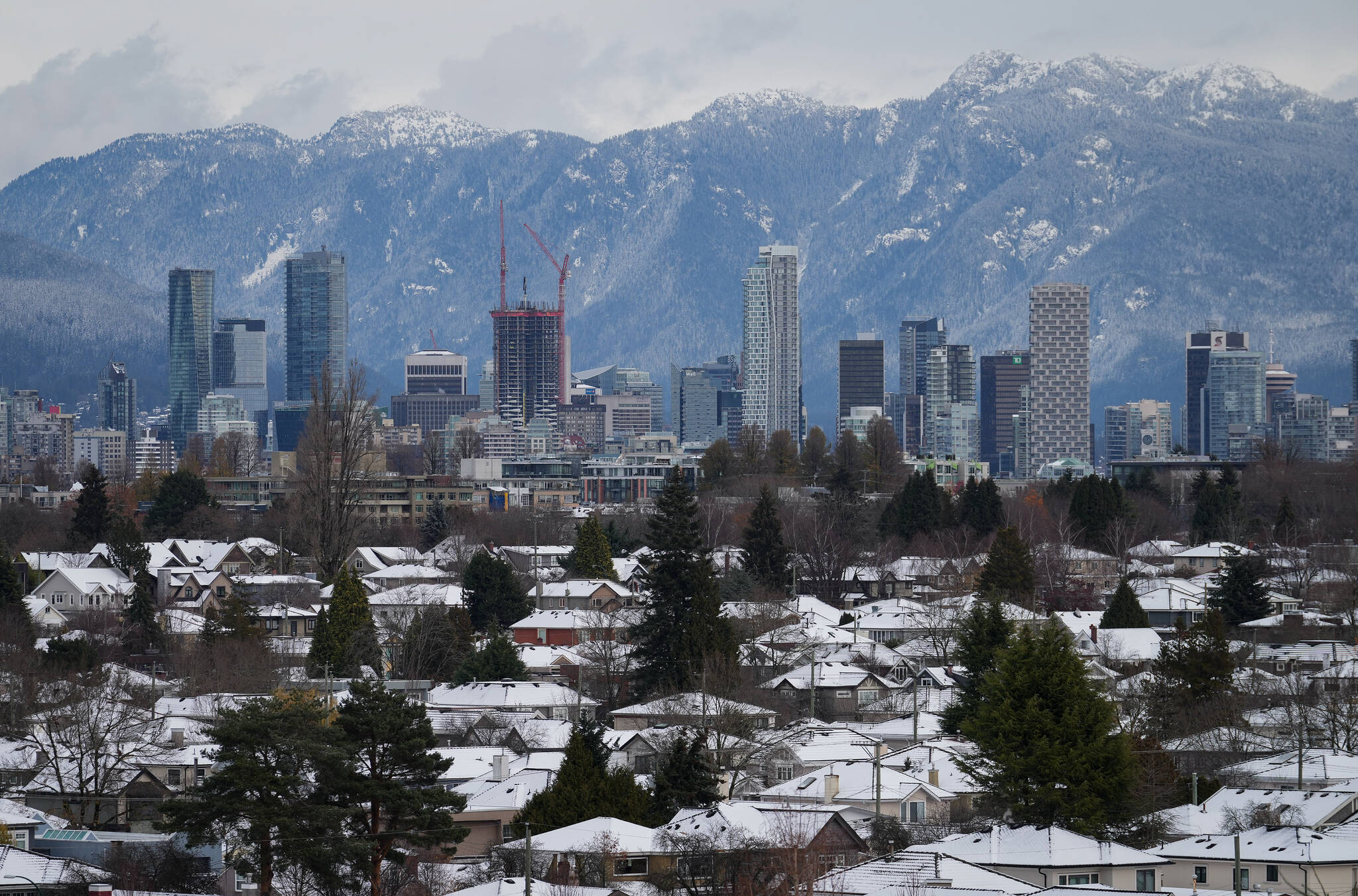Climate change is not just causing more floods and fires, but also changing the risk and effects of earthquakes, according to a new report.
The federal government’s draft national disaster risk assessment released May 11 finds a relationship between climate change and earthquakes.
The report notes that climate change is having an impact on seismic risk, both through increases in earthquake rates in area where ice sheets in the Arctic are thinning quickly, “as well as through degradation of permafrost, resulting in soils that are more vulnerable to strong shaking and failure during shaking.”
While earthquakes generally occur when tectonic plates slip and slide against each other or underneath each other, growing research has found a link between tectonic activity and melting glaciers.
Research published by the University of Alaska Fairbanks Geophysical Institute in 2021 found a link between a magnitude 7.8 earthquake in 1958 and ice loss near Glacier Bay National Park in Alaska’s Panhandle region near the border with the British Columbia, a region already a vulnerable to earthquakes.
Melting ice can cause the land underneath it to “bounce” up and the earth’s mantle, which lies beneath the crust, also rises up.
Greenland, meanwhile, has seen a surge of glacial earthquakes as pieces of ice several cubic kilometres in size can cause earthquakes when they break off glaciers.
RELATED: Province acknowledges more needs to be done to prepare B.C. for earthquakes
These recent findings align with previous studies, which show that the disappearance of the Laurentide ice sheet covering most of modern-day Canada – but not B.C. – and the northern United States starting more 20,000 years ago caused the earth’s crust to rise, leading to earthquakes, along with rising sea levels.
The thawing of permafrost will also impact communities.
The federal report notes that buildings constructed on permafrost “are at high risk of sinking if the permafrost is damaged due to earthquakes or climate change,” with “significant remediation costs” on the horizon.
The study also finds a link between Canada’s aging demographics and seismic risks. Older individuals, along with children, are among the groups more vulnerable to the impacts of earthquakes and other natural disasters.
Canada’s urban growth also impacts vulnerability to earthquakes and other disasters.
Many of Canada’s major urban centres, including Metro Vancouver and Greater Victoria, are located near or within hazardous zones such as coasts, seismic fault lines and flood plain zones, with Metro Vancouver ticking all three boxes.
READ MORE: Modelled tsunami would take 20 minutes to reach Vancouver Island — study
@wolfgangdepner
wolfgang.depner@blackpress.ca
Like us on Facebook and follow us on Twitter.


